 On this website, you can find a lot of info about ethnic minorities and their culture and clothing traditions, etc. That’s because the folk costumes and folk customs, in general, of minorities are disappearing bit by bit in our modern society. On the other hand, the rarer such traditional outfits are, the more interesting it is to look at them. So, in this material, we’d like to show you 5 very different ethnic minorities from various corners of the world, with their folk clothing and accessories.
On this website, you can find a lot of info about ethnic minorities and their culture and clothing traditions, etc. That’s because the folk costumes and folk customs, in general, of minorities are disappearing bit by bit in our modern society. On the other hand, the rarer such traditional outfits are, the more interesting it is to look at them. So, in this material, we’d like to show you 5 very different ethnic minorities from various corners of the world, with their folk clothing and accessories.
There are minority populations living across the globe. Oftentimes, they're incredibly unique, even though they might be in plain view. So, today, you’re going to find out of 5 unique minorities you might have never heard of.
#5 Basque people
Many people might believe the Basque people to be just a subset of the larger French and Spanish populations they are surrounded by, but nothing could be further from the truth. The reality is that the Basque people, who live in what is called “Basque Country”, nestled between France and Spain, are truly unique.
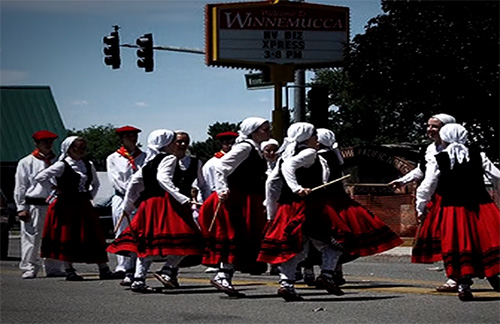
The Basque people have retained distinctive genetic markers that separate them from the surrounding populations and, perhaps more importantly, they speak a language unrelated to any other known language in the world.
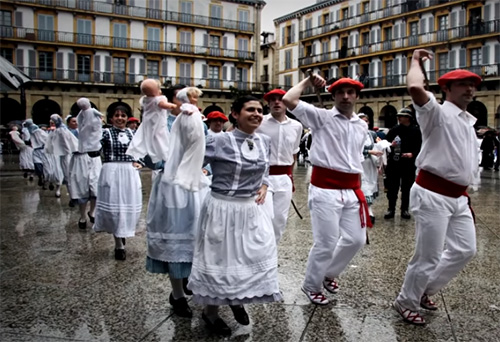
The Basque are thought to be a holdover from a previous era, before the more populous and numerous Indo-Europeans overran Europe.

The Basque traditional costume for men consists of long loose trousers, a loose shirt, optional vest laced leather shoes called “abarkas” or “espartinas”, and a headdress – beret called “txapela”. This beret is very often red in color. The costume for women includes a shirt, a long skirt, an apron, a kerchief worn around the shoulders, a headdress (kerchief or other), and same shoes as males use.
#4 Ainu
The Ainu are nearly forgotten people, living primarily on the northern island of Hokkaido in Japan. They are thought to be the first inhabitants of the island, though their ultimate history has been lost. They appear physically distinct from the Japanese in the sense that, though being Asian genetically, they appear almost European-looking. And their culture remains distinct from Japanese culture as well.
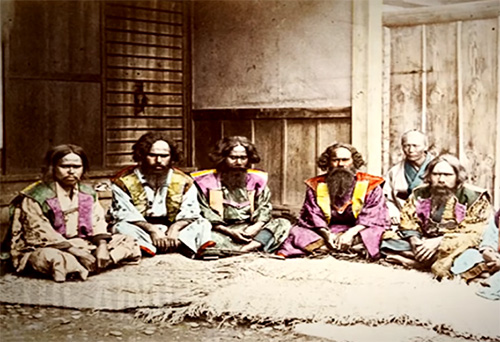
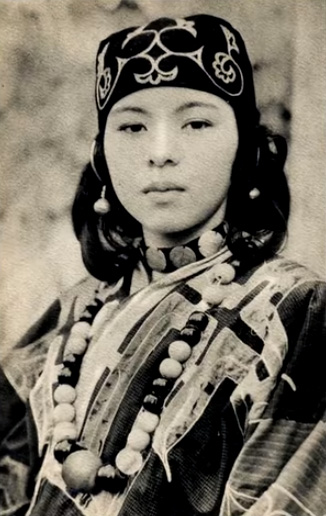
The Ainu have always been hunter-gatherers, hunting the abundance of game that was formerly present on the island of Hokkaido. However, over time, through process of cultural assimilation and pressure from the majority Japanese population, much of Ainu culture has disappeared. Including the unique language, which has fewer than 100 speakers left.
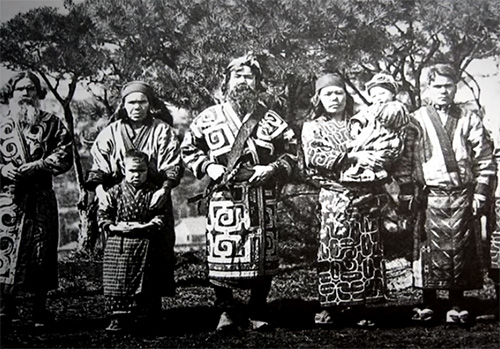
The reality is that the legacy of the Ainu is largely gone and has only been preserved in things such as music and traditional art. Like many ancient peoples of the world, the transition from tradition to modernity has not been kind to the Ainu.
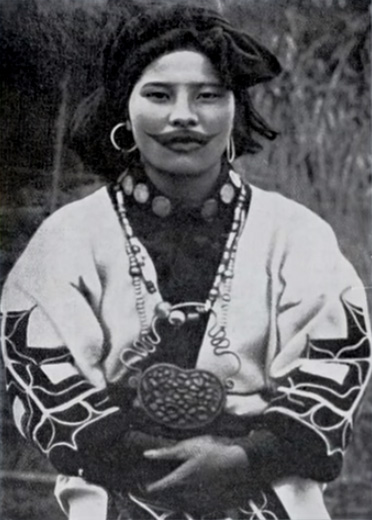
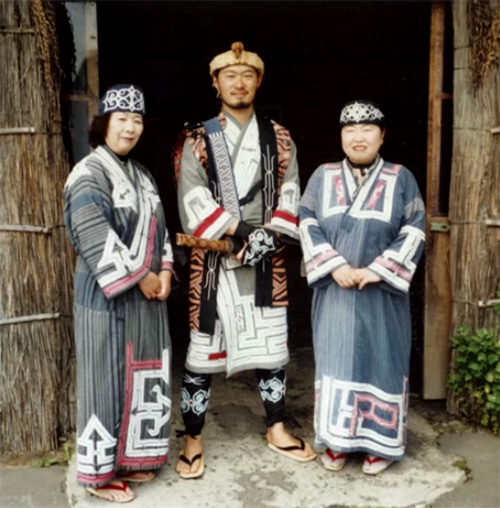
The traditional Ainu male and female costume included a kimono-like garment with intricate patterns, a fabric sash, and typical Japanese shoes. Women also added a headdress. Men wore long beards. Another interesting feature is the black tattoo resembling a clown smile traditionally present on women’s faces. Their clothes in the old days were made from bark fibers, birdskin with feathers, fish skin, and other weird materials. For instance, Ainu used capes and boots made from embroidered salmon skin. Today, Ainu women who still dress in traditional costumes wear black robes with white patterns and fez-like hats, also adorned with patterns.
#3 Sami
The Sami are an indigenous Finno-Ugric people inhabiting the northernmost parts of Scandinavia and parts of Northwestern Russia. Although their language is distantly related to Finish, the traditions of the Sami, as well as their cultural practices, remain distinct from those of their Finnish and Scandinavian neighbors.
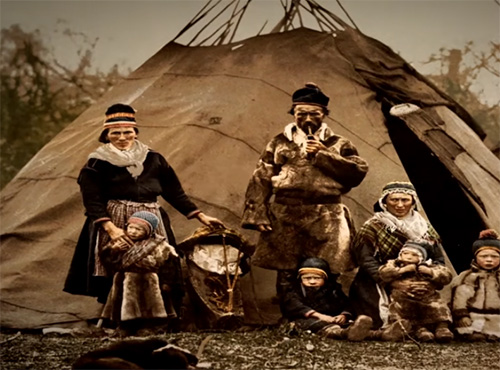
Like many indigenous peoples, the Sami have struggled to maintain their way of life, while, at the same time, attempting to cope with the modern reality of Scandinavian culture. Norway, in particular, has been criticized internationally for the forced Norwegianisation of the Sami people in an effort to assimilate the Sami into a monolithic Norwegian culture.
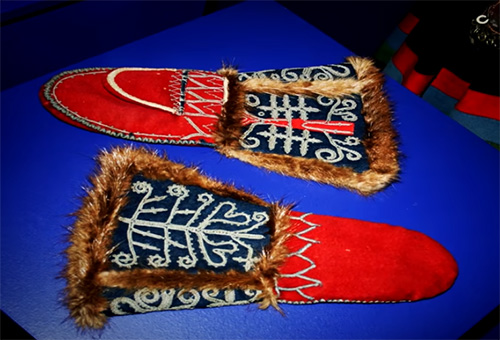
The Sami are traditional reindeer herders and receive almost all they need from the reindeer. Ranging from meat to fur and beyond.
Their traditional garb tends to be colorful red&blue and designed to keep the wearer warm in the Arctic climate the Sami hail from.
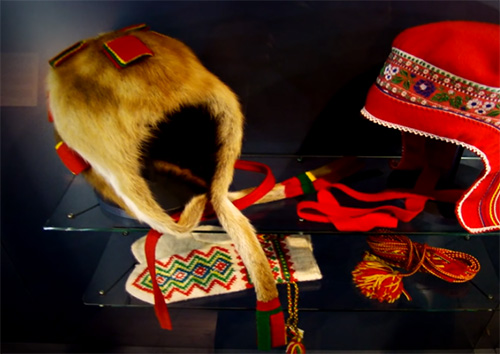
Unlike the Ainu, though the Sami are a minority, they have been able to persist and cling to their ancient heritage. In part, because of the more accommodating nature of their majority population neighbors, compared to the Japanese, in places such as Sweden and Finland.
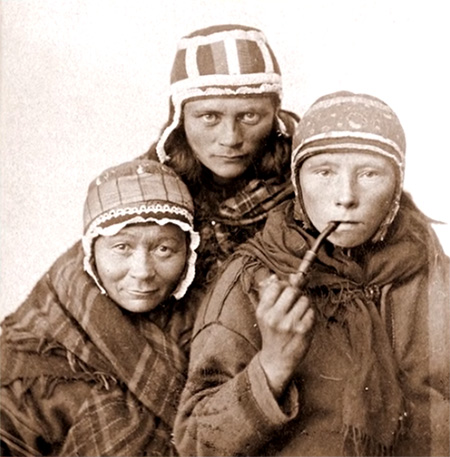
The main Sami national garment has a name – “gakti”. It is a colorful tunic, embellished with embroidery, metal decorations, applique, braiding, etc. Add to this, a belt, trousers, shoes with turned-up toes, mitts, various headgear, oddly shaped, also some jewelry, and you’ll get the folk dress of Sami. Their distinctive red&blue clothing differs from any other national attire around the world.
#2 Kashubians
The Kashubians are a minority population within Poland, with their own distinct traditions, language, and sense of identity. Most famously, the current president of the European Council Donald Tusk is a Kashubian.

Historically, the Kashubians have struggled to maintain their own identity next to a competing majority Polish culture and have had mixed results. During World War II and communist era, they were distrusted by both the Nazis and the Poles and were often considered disloyal to whatever the political flavor of the time had been.
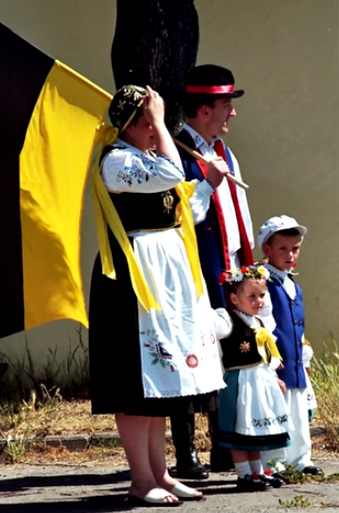
Fortunately for the Kashubians, in recent years, they've had more success in garnering cultural recognition, as their language is the only regional language recognized in Poland besides Polish.
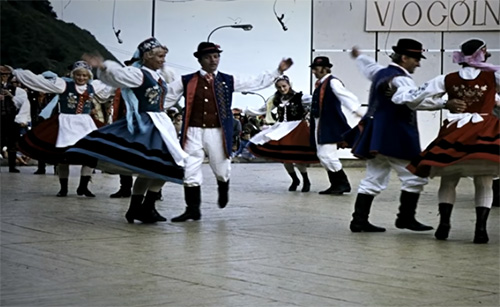
The Kashubian folk dress looks Slavic. Its distinctive feature is embroidery seen on shirts, aprons, bodices, vests, jackets, etc. Male traditional clothes include a white shirt, loose trousers (often white), sleeveless coat or long vest, boots, and a hat. Female costume consists of a white shirt, a skirt, a bodice, an apron, a headgear, and shoes.
#1 Yakuts
The Yakuts are a large tribe of people native to the Sakha Republic of Russia or Yakutia, far to the north and east of what many traditionally think of when they think of Russia.
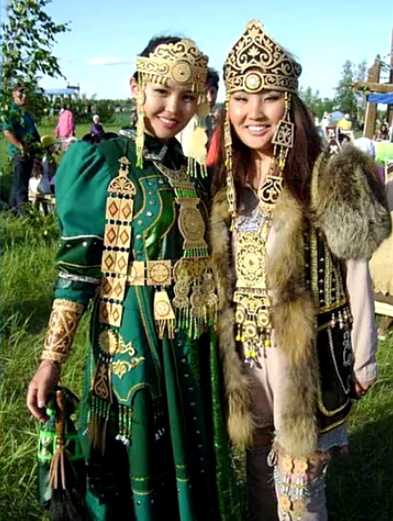
The Yakuts speak a Turkic language, distantly related to the Turkish and Uzbek languages. But that is where the similarities end.
Having been geographically isolated, the Yakuts have adapted to the climate of their region. Appearance-wise, many appear distinctly East-Asian.
Traditionally, the Yakuts engage either in semi-nomadic hunter-gathering – in the more northern parts of the Sakha Republic, or animal husbandry – in the more southern parts.
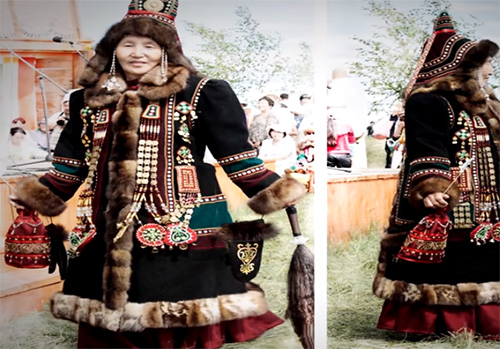
Unlike many of the other people spoken of, the Yakuts have their own region to themselves. And though they retain their language and culture, the vast majority are bilingual in both Yakut and Russian, since Russian is required for job and educational purposes, in addition to having been essential in the Soviet Union's Communist indoctrination process.
Strikingly, Yakutia also has the honor of hosting the coldest city in the world, which is Oymyakon, where the temperatures can drop to a startling -50 Celsius or -58 Fahrenheit. This might seem intolerable to you but, for the Yakuts, it's just part of everyday life in Siberia.
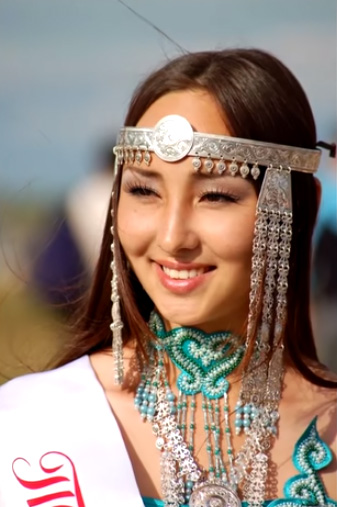
In the past, the clothing traditionally used by Yakuts were made from animal skins and furs. Today, they also use fur trimming and animal-skin garments. The Yakut national attire is very decorative and beautifully adorned with embroidery, jewels, applique, beading, etc. Men’s folk dress consists of inner garments, a robe called “kaftan”, trousers, an ornate belt, a headwear, and boots. Women’s folk outfit includes inner garments for warmth, a dress, a fur coat, a headdress (it also has an interesting shape), mitts, boots, and jewelry.
(c)


